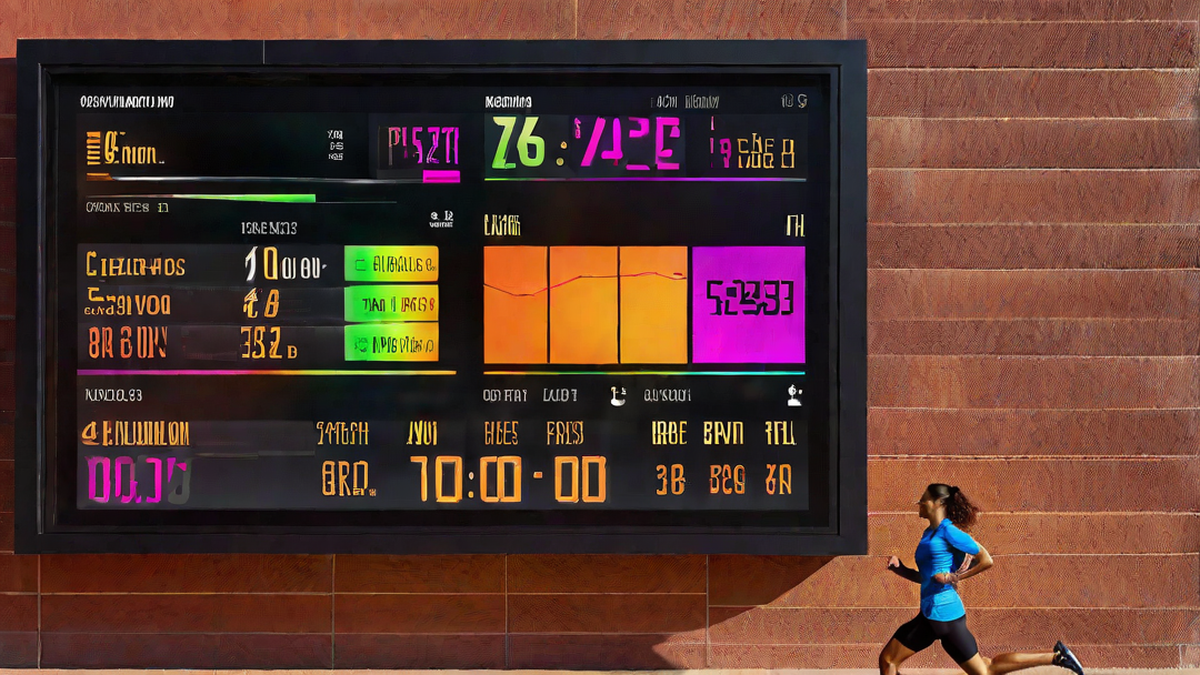Running is a fantastic way to stay in shape and maintain a healthy lifestyle. Not only does it improve cardiovascular health and boost overall fitness, but it also burns calories, helping with weight management. As a passionate runner myself, I have experienced firsthand the many benefits of this form of exercise, including its calorie-burning potential.
The Basics of Calorie Burning
When it comes to losing weight, the fundamental principle is to burn more calories than you consume. Running is an excellent way to achieve this caloric deficit, as it is a high-impact cardiovascular exercise that demands significant energy expenditure. The number of calories you can expect to burn while running depends on various factors, including your weight, running speed, and the duration of your run.
Finding Your Personal Caloric Burn
To estimate the number of calories you can lose by running, you can use a simple formula. The basic idea is that the more you weigh and the faster you run, the more calories you’ll burn. According to the American Council on Exercise, a rough estimate for calories burned per minute of running is about 11.4 calories per pound of body weight for an average runner.
For example, if you weigh 150 pounds and run for 30 minutes at a moderate pace, you can expect to burn approximately 342 calories (11.4 x 150 x 30/60 = 342). Keep in mind that this is just an estimate, and individual variations in metabolism and fitness level can impact the actual calorie burn.
Factors Affecting Caloric Expenditure
It’s important to note that the number of calories burned during running can vary based on several factors. Running speed, terrain, and incline all play a role in determining the intensity of your workout and subsequently, the calories burned. For instance, running uphill requires more effort and, therefore, burns more calories compared to running on a flat surface.
Maximizing Caloric Burn
If your primary goal is to maximize calorie expenditure during your runs, there are several strategies you can employ. High-intensity interval training (HIIT), for example, involves alternating between short bursts of intense effort and periods of lower-intensity recovery. This method has been shown to be highly effective for burning calories and improving overall fitness.
Additionally, incorporating strength training into your workout routine can help build lean muscle mass, which in turn boosts your metabolism and enhances your body’s ability to burn calories, even at rest.
Conclusion
Ultimately, the number of calories you can lose by running is influenced by your individual characteristics and the specific parameters of your workout. It’s essential to listen to your body, set realistic goals, and most importantly, enjoy the process. Running not only offers physical benefits but also provides mental clarity and a sense of accomplishment. So, lace up those running shoes, hit the pavement, and revel in the calorie-burning journey!

